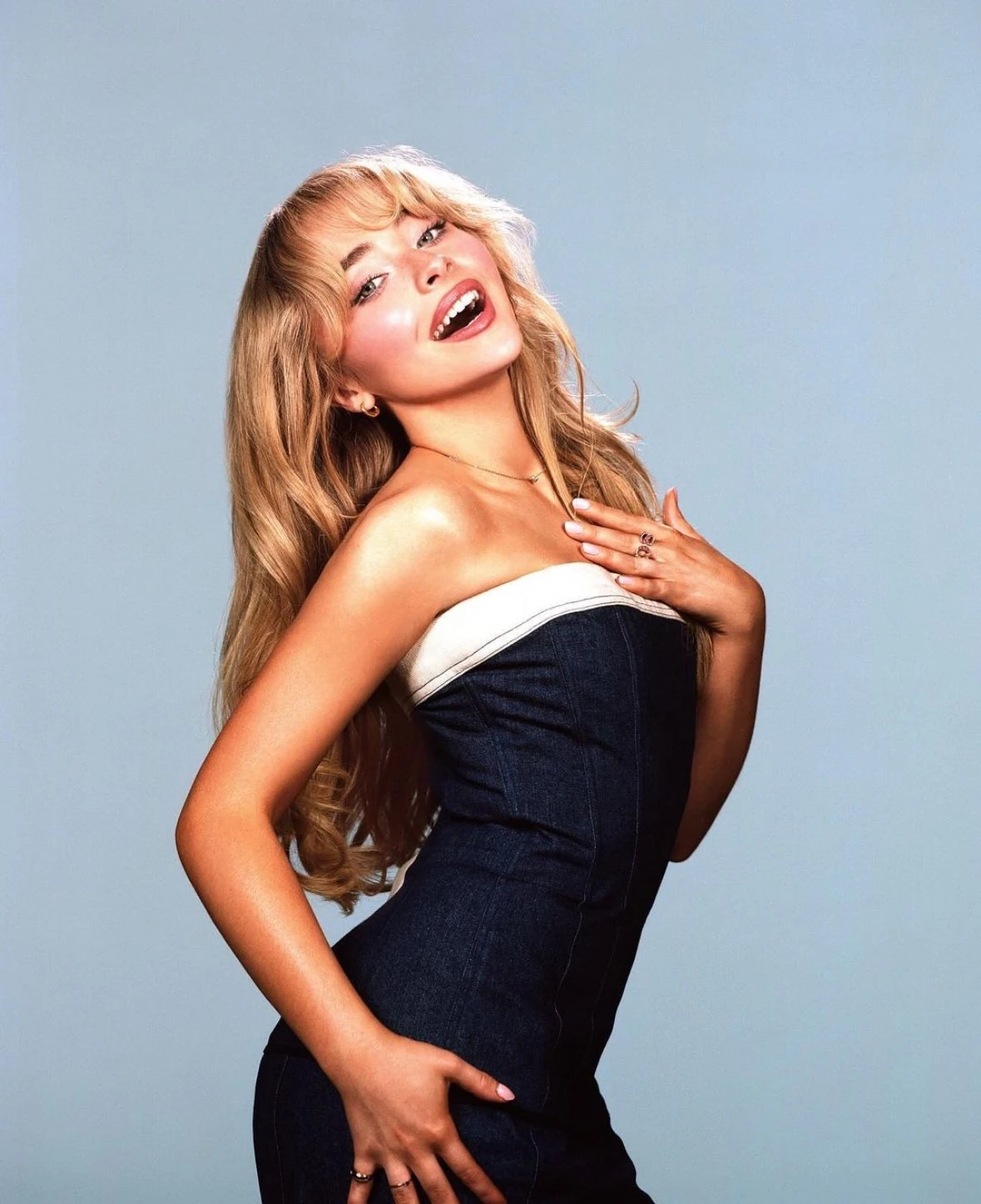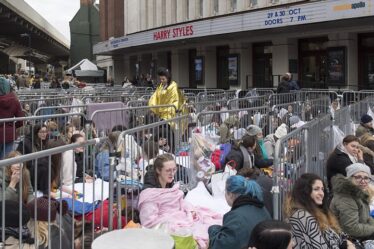
By Alana Saucier
The early 2000s was a time period full of bold fashion statements and unforgettable pop culture moments that left its generation and the one after with nostalgia and longing for the iconic time. Alongside the iconic fashion trends, there was also iconic music created by pop stars. The group of 2000s pop stars was arguably led by the most legendary of all: Britney Spears. Britney was the definition of a nasty pop girl, along with others like Christina Aguilera, Beyonce, Avril Levigne, and others. The next wave of pop stars included Katy Perry, Rihanna, and Lady Gaga. The iconic Brittney Spears exemplifies everything it means to be a pop star and a pop legend. Post Britney and other pop stars from the early and mid-2000 eras. Pop music was classified as the popular, upbeat, catchy genre that appealed to a widespread audience, music with no thought or greater meaning. Music can be consumed anywhere by anyone. While there is a truth to this definition, there is an artistry and culture to Pop music that has been somewhat absent since the early- mid-2000s. Rooted in Black Culture and Rock n Roll, Pop stars wore scandalous, over-the-top outfits, put on complete productions for performances, and released elaborate music videos that were intricately themed. Singers sang their hearts out. Pop was fierce, erotic, and iconic.
Over the years, the genre has gained a reputation for being uncultured and unlikeable. In the past year, we have seen a resurgence of pop stars who possess the same nasty passion as we saw in the early to mid-2000s. These artists include Sabrina Carpenter, Tate Mcrae, and Chappell Roan. In the past few years, other iconic pop stars have also released new albums (Taylor Swift, Ariana Grande, Charli XCX, etc.). There is a reason the Pop Girls of 2024 stand out among the artists that have been popular. They all have their own unique style and aura. Pop culture is a realm where outfits do matter. In order to be a true Pop Star, you need to make a statement about your outfits, aesthetics, and how your music is displayed through music videos and performances. For example, a classic Britney Spears performance would include a high energy elaborate dance number, complete with a dazzling outfit and stage theatrics. Britney was able to do her elaborate choreography seamlessly while singing. Recently, we have seen a similar dance-based performance by Tate Mcrae, whose choreography and performance style similarly embody those of Britney Spears.
The resurgence of pop can be attributed to a cultural shift that values authenticity and self-expression. In an industry where fans seek to connect with artists on a personal level, these new stars are creating music and experiences that resonate with their audiences and stand out. As social media amplifies voices and creates communities, pop stars are empowered to showcase their true identities, no matter how different. This applies to the further fashion with their artistry. Pop music’s evolution reflects a broader trend towards inclusivity and diversity, allowing a range of styles and stories to become popular and likable. As today’s pop artists draw from the boldness of past artists while finding their own unique styles, they are redefining what it means to be a pop star in the 21st century.



